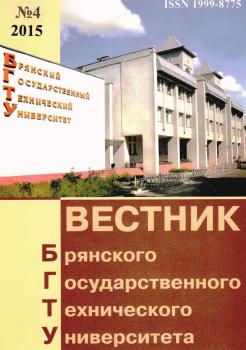The flank wear rate of cutting inserts grows in proportion as the force and cutting temperature in-crease which in their turn depend on the value of bevel edge wear. It is possible to reduce the influence of a tool contact area with the work piece upon processes accelerating wear by means of changing the flank form. The paper reports the methods for the estimation of wear resistance of flanks in cutters of different forms. There is offered a new design of replaceable tangential cutting inserts with a combined form of an end flank allowing the considerable increase of a tool life without decrease of work piece quality. The results of new cutting insert manufacturing testing in rail milling operations are presented
material cutting, tool design, wear modeling, cutting inserts, rail milling
1. Granovsky, G.I., Granovsky, V.G., Metal Cutting: Textbook for Engineering and Instrumentmaking Colleges / G.I. Granovsky, V.G. Granovsky.- М.: Higher School, 1985.- pp. 304.
2. Reznikov, A.N., Heat Processes in Technological Systems / A.N. Reznikov, L.A. Reznikov. - М.: Mechanical Engineering, 1990. - pp. 288.
3. Kreimer, G.S., Hard Metal Strength / G.S. Koimer. - М.: Metallurgy, 1966.- pp. 200.
4. Pat. 154601 RF, IPC В23С 5/20. Replaceable Tangential Cutting Insert / Mikhailov, S.V., Mikhailov, A.S., Silchenko, V. I.- № 2014142404/02; declared. 21.10.14; published. 27.08.2015, Bulletin № 24.











